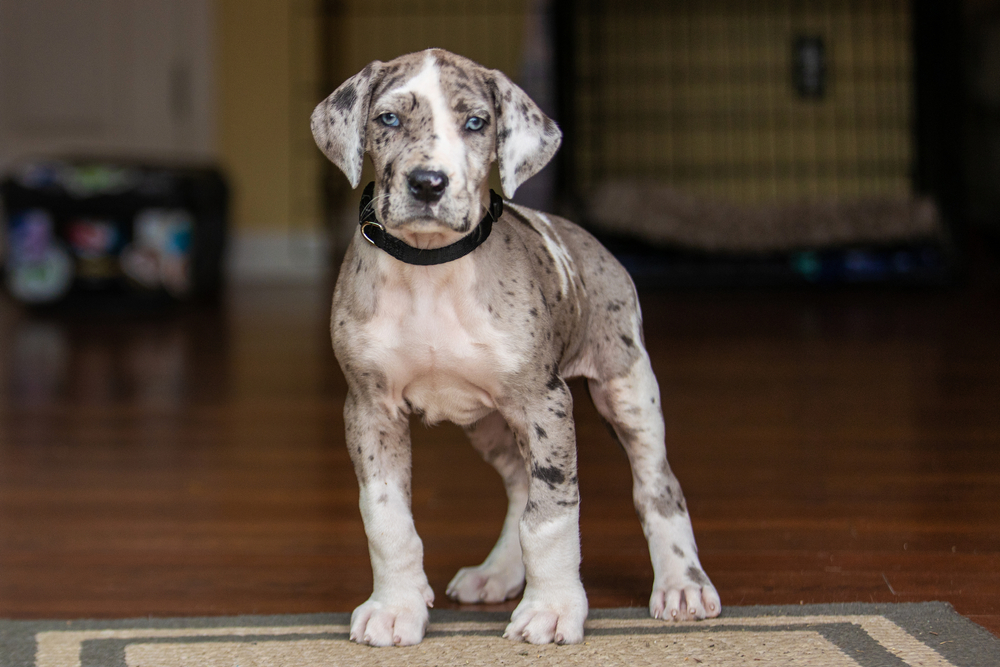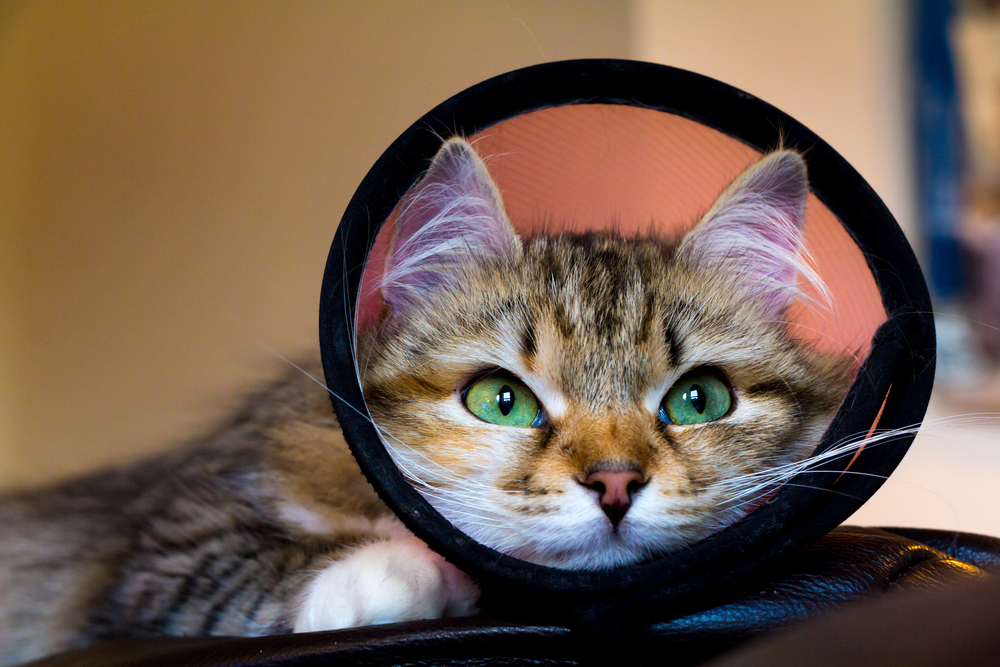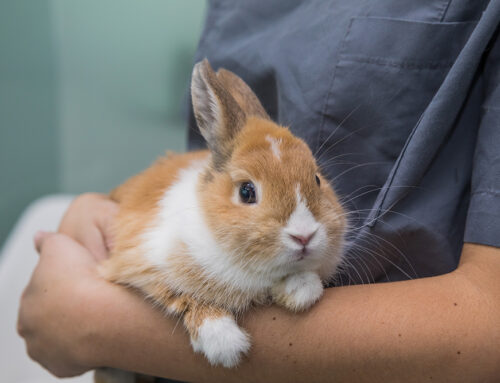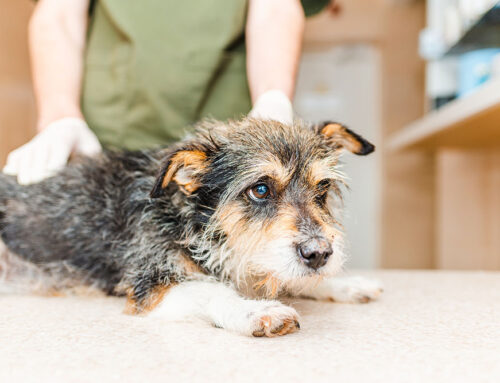You have a lot to remember when it comes to caring for your pet, especially if they are a puppy or kitten. During the first year of their life they will require multiple veterinary visits, training, and proper nutrition to support their growing bodies. Veterinary care decisions made during your pet’s developmental years can have benefits or consequences that affect them into their grey muzzle years. One of the most common questions pet owners ask their family veterinarian involves the best time to spay or neuter their pet. However, unlike many other medical decisions, there is no one-size-fits-all answer, and multiple factors need to be considered. Choosing the best time to spay or neuter your pet is also a topic of debate in the veterinary community because of ongoing research and new data. Our Parker Center Animal Clinic team provides guidelines you can use to make an informed decision about the best time to spay or neuter your pet.
To sterilize or not to sterilize your pet
Each year millions of shelter animals are euthanized because of overpopulation and limited available homes. Sterilization helps decrease this problem. Additionally, the American Veterinary Medical Association (AVMA) endorses expert recommendations that pets who are not intended for breeding should be spayed or neutered unless medically contraindicated. Previously, most pets were sterilized by the time they were 6 months old, which coincided with the completion of their vaccination series. However, numerous factors are now considered when making that decision, including breed, age, sex, behavioral needs, and genetics.
Many pet owners are reluctant to sterilize their pet because the procedure requires general anesthesia and a daylong hospital visit. However, ovariohysterectomies (spay) and orchiectomies (neuter) are two of the most common procedures performed by veterinarians and are considered safe for most pets. Our Parker Center Animal Clinic veterinarians perform a thorough physical examination and a blood evaluation before every single anesthetic procedure to ensure your pet is healthy and has the lowest possible risk during their procedure.
Spaying or neutering your cat
Most cats reach sexual maturity when they are between 4 months and 6 months old. Research on the optimal time to sterilize cats is ongoing, and veterinary experts periodically gather to review the current data. In 2016, the Veterinary Task Force on Feline Sterilization determined that the optimum age for spaying or neutering cats is when they are 5 months old. Spaying your female cat by 5 months, before their first heat cycle, also will greatly reduce the chances of an unwanted litter. Other benefits of spaying your cat include:
- Decreased undesirable behaviors such as yowling, excessive meowing, spraying, or erratic behavior
- Decreased risk for mammary cancer, which is fatal in 90% of affected cats
- Elimination of reproductive emergencies, including a potentially fatal uterine infection, or pregnancy complications
Spaying or neutering your dog

Unlike cats, numerous factors must be considered when choosing the best time to spay or neuter your canine companion. In addition to age, your dog’s breed, genetics, lifestyle, and body condition must be taken into account. Sterilization provides many benefits for your dog, including a decreased incidence of mammary cancer, which is fatal in 50% of dogs, and elimination of testicular cancer risk. Additionally, removal of your pet’s sex organs will decrease their desire to roam or fight and will prevent costly, and potentially fatal, reproductive emergencies, like a uterine infection. However, a recent study conducted by the University of California, Davis found some breeds have an increased risk for certain cancers and joint disorders if they are spayed or neutered before they are one year old. Research is ongoing, and deciding the best time to spay or neuter your dog should always be done in collaboration with your veterinarian. The American Animal Hospital Association (AAHA) Life Stage Guidelines recommend the following:
- Small/toy breeds — Dogs who weigh less than 45 pounds have a decreased risk for certain cancers when males are neutered at 6 months old and females are spayed before their first heat cycle, which typically occurs when they are between 5 months and 6 months old. Generally, smaller breed dogs do not suffer from sterilization-related joint problems.
- Large breeds — Dogs who weigh more than 45 pounds should not be sterilized until after they stop growing, which generally occurs when males are between 9 months and 15 months old, and females are between 5 months and 15 months old. Performing the surgery too early may result in joint problems or an increased risk for certain cancers.
Multiple factors must be considered when choosing the right time to spay or neuter your pet. Your Parker Center Animal Clinic veterinarian can help you decide the purrrfect and safest time to spay or neuter your four-legged family member. Call our office if you have any questions, or to schedule your pet for a pre-surgery examination.






